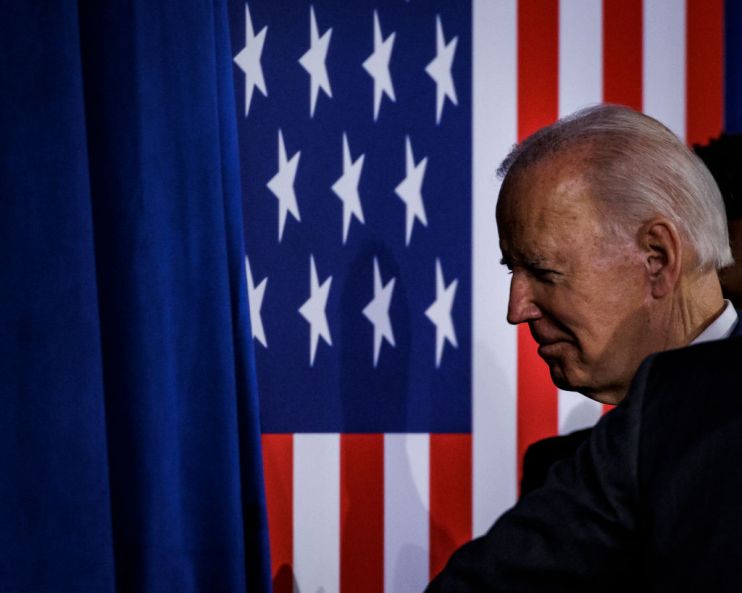US debt ceiling drama – what is it and why does it matter

Markets are keeping a close eye on the US debt ceiling debacle – seemingly an attempt by US politicians to tip their own country into default.
The debt ceiling is a limit on how much the US government can borrow imposed by Congress. Currently it stands at $31.4trn, although it has been raised 78 times since 1960.
Once the ceiling is reached, the government cannot issue any more securities. This means it cannot pay back the interest on its loans, tipping it into default.
Over the past few days House speaker Kevin McCarthy, a Republican, and the White House have been locked in talks to reach an agreement on a new limit.
Borrowing has been steadily rising for the last two decades. Recently this has been driven by the pandemic stimulus package and President Biden’s spending plans. McCarthy wants to tie the debt limit to spending caps.
So far these talks have failed to produce a breakthrough, although McCarthy signalled that a deal might be struck in the coming days despite their differences.
That’s just as well because Treasury Secretary Janet Yellen has warned that the government could run out of funds as early as June.
Ipek Ozkardeskaya, senior analyst at Swissquote Bank, commented: “Despite both sides being far apart, everyone knows the catastrophic consequences of an eventual US default, and no one is ready to push the US into that black hole.”
The US has never defaulted, although it has come close in 2011. The consequences of a default would be severe given the anchoring role that US Treasuries and the dollar play in global finance.